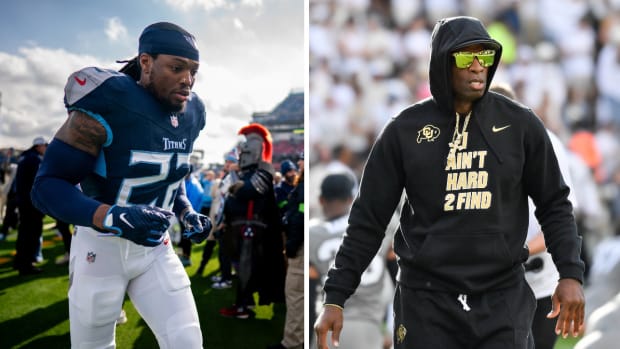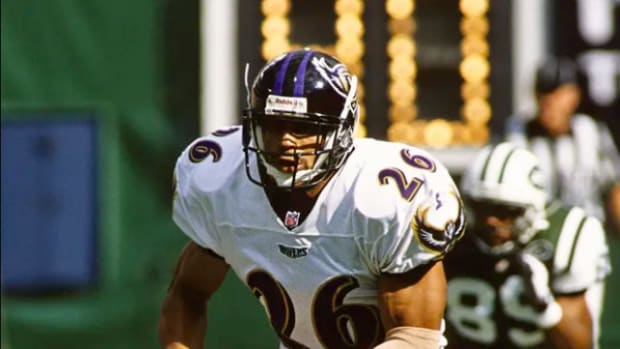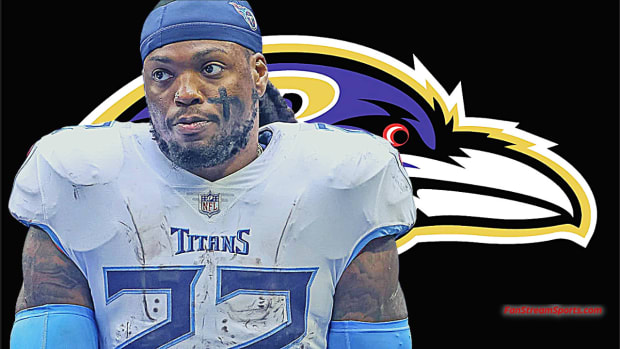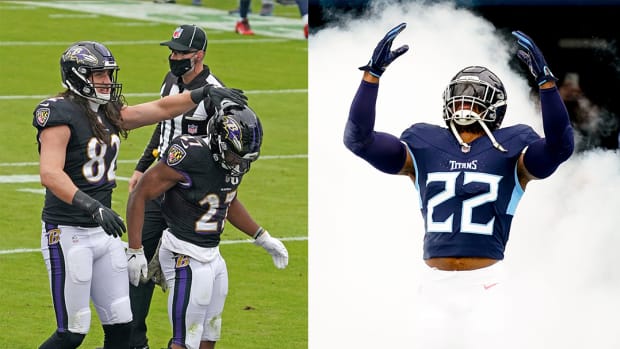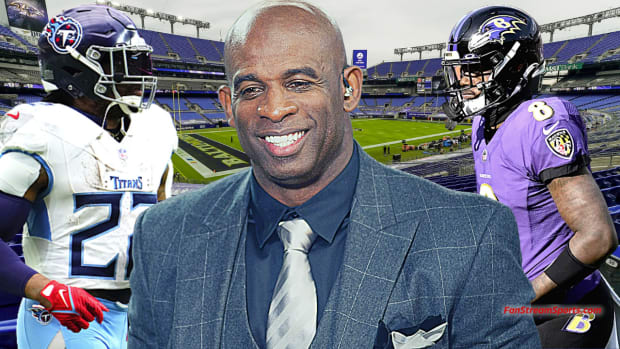Ravens Staying One Step Ahead of NFL with Draft Strategy
OWINGS MILLS, Md. — For years, the Ravens were able to build competitive teams with mid-round picks that turned into stout All-Pro players and a compensatory draft formula that added valuable depth to the roster.
The rest of the NFL eventually caught on and began to emulate the Ravens' strategy.
Now, Baltimore has developed a new philosophy that should keep them ahead of the competition.
The Ravens have focused on attaining the best players at non-premium positions, such as safety Kyle Hamilton, a center Tyler Linderbaum, two tight ends Charlie Kolar and Isaiah Likely and a fourth-round punter, Jordan Stout.
SI's Connor Orr writes:
"Here’s why this is a big deal: the Ravens are sitting out the NFL’s absurd and cutthroat bidding war for non-quarterback premium players. The cornerback market is now $21 million per year after the Jaire Alexander deal. This offseason, the Ravens signed the best safety in free agency, Marcus Williams, for $14 million.
"They drafted Hamilton, believed to be one of the best coverage players in the draft, with the No. 14 overall pick. Hamilton dropped, principally, because he played safety and the position is viewed as unworthy of a top draft selection. In October, he was being discussed as a top-three pick before the senseless truisms of the old football guard took hold."
The Ravens have stayed out of the absurd bidding wars at wide receiver and even traded former first-round pick, Marquise Brown, to Arizona for the 25th overall pick in this year's draft, which turned into Linderbaum.
"The strategy seems radical by football standards but is, essentially, a reverse engineering of our common understanding," Orr writes. "By stockpiling elite players at undervalued positions, the Ravens are seemingly bolstering their talent at premium positions by proxy. Mark Andrews (107 receptions, 1,361 yards, nine TDs in 2021) is one of the best tight ends in football. Opponents come into games treating him like a No. 1 wide receiver.
What is the difference, then, to the Ravens’ actual No. 1 wide receiver, Rashod Bateman? Is he not seeing the same benefit in some way as he would if the Ravens had a legitimate No. 2 or 1A-type receiver? Defenses are still allocating more of their total assets toward defending one player. That means fewer assets to defend Bateman."
The question is whether this strategy can translate into another Super Bowl victory.

